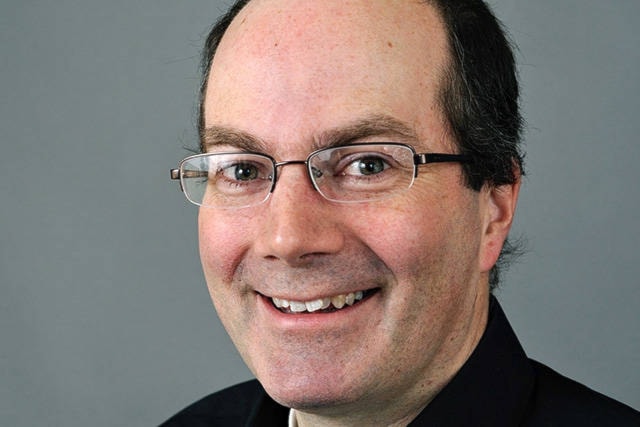Never let a crisis go to waste.
That was the catchy motto of Rahm Emanuel, President Obama’s chief of staff during the global financial crisis. The Obama stimulus plan tried to create short-term jobs during the economic shock, while also taking advantage of the increased spending to invest in projects with long-term benefits for the nation.
While Yukoners’ health and the immediate crisis response should be top of the agenda, it’s never too early to start planning for the long term.
Federal and territorial officials are undoubtedly thinking about new stimulus plans. Given the scale and duration of the COVID-19 shock, these programs will probably be much bigger than the global financial crisis stimulus a decade ago.
This may be a once-in-a-lifetime chance for Yukoners, First Nations, municipalities, businesses and government agencies to build assets that will become cherished legacies. Think of the big historic investments that we enjoy, such as the Alaska Highway, our world-class airport or the plentiful and cheap renewable energy we get from Aishihik or Schwatka. These assets are so fundamental to our way of life that it’s hard to even imagine life without them.
So ask yourself: What could we build now that Yukoners in 2040 will be unable to imagine living without?
One obvious item is renewable energy as the world grapples with climate change. Today, only about a fifth of our total energy use comes from renewable power. The rest is carbon-intensive fossil fuels. A high percentage of our electricity is renewable, thanks to those big, old dams. But we burn huge amounts of oil for our trucks, heating and air travel. Even our dams aren’t big enough for our rising electricity use. As I write this column on a typical Wednesday afternoon in April, almost 45 percent of our electricity is coming from fossil fuels.
Thanks to the federal stimulus a decade ago, we got the Mayo B power plant expansion. This is a good asset, but it is relatively small. And we only built one of them, with no major renewable power plants completed since.
We should do better this time. We don’t want to be in the position where Yukoners switching to electric cars and electric heat are, in effect, burning liquefied natural gas to get the electricity to power them.
Big dams are too costly and controversial, so this means a program with a steady stream of small micro-hydro, windmill and solar facilities. It also means investing to drill test wells for geothermal under Takhini Hot Springs; deeper wells than the previous test which came tantalizingly close but which may have not gone deep enough.
Hitting a gusher of geothermal energy would sure be good news.
These projects would not all have to be done by Yukon Energy. This is a great opportunity for First Nations development corporations and others to own high-quality, dividend-generating assets.
Another area to invest is telecommunications. The phone company in Anchorage just announced plans to beef up wireless coverage to prepare for the arrival of 5G as well as faster and more extensive service for today’s 4G phones. How will the drones of the future deliver your pizza or plough your driveway if they don’t have good mobile coverage?
Plans are afoot in the Yukon to extend high-speed fibre optic networks to more businesses and homes. Teenagers today already think of fast internet as a human right, and working from home has reminded the rest of us how critical broadband is to today’s economy.
Investing to accelerate long-lasting digital investments would be a good idea.
Housing is another area where investing today could pay long-term dividends. High house prices have been a bonanza for Yukoners who bought their homes a long time ago, but are a real burden for younger people. High housing costs are also a major burden for our economy, since they dissuade people from moving here and require businesses to pay significantly higher wages just to cover the extra cost of housing here. This makes it harder to start a business and grow our private sector economy.
A major housing push might have a couple of components.
One would be building some more social housing units, likely on various bits of government land downtown. This would make downtown more dense, reduce commuting and carbon emissions, and support a more vibrant downtown business community.
Another part of the plan could be a new subdivision or two, as close as possible to downtown. You could even try to be more creative, with more private sector development and denser footprints. A big stimulus program could build a lot of tiny houses.
There are lots more ideas out there. If you have one, I suggest you get it on paper as soon as possible and pitch it to your favourite government department. A lot of money is going to get spent, and it would be a shame if your great idea has to wait until our next crisis.
Keith Halliday is a Yukon economist and author of the MacBride Museum’s Aurore of the Yukon series of historical children’s adventure novels. He is a Ma Murray award-winner for best columnist and received the bronze for Outstanding Columnist in the 2019 Canadian Community Newspaper Awards.
